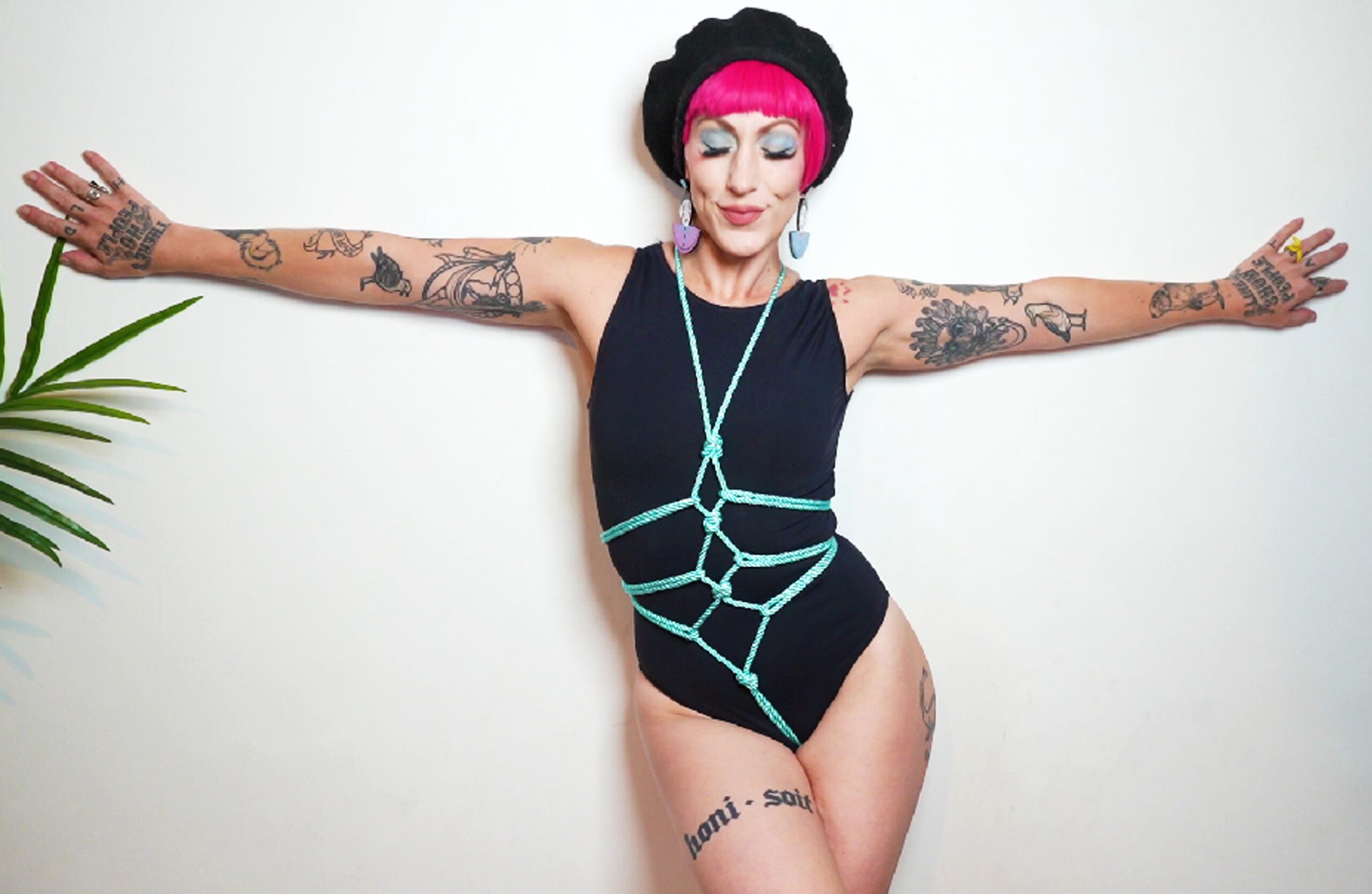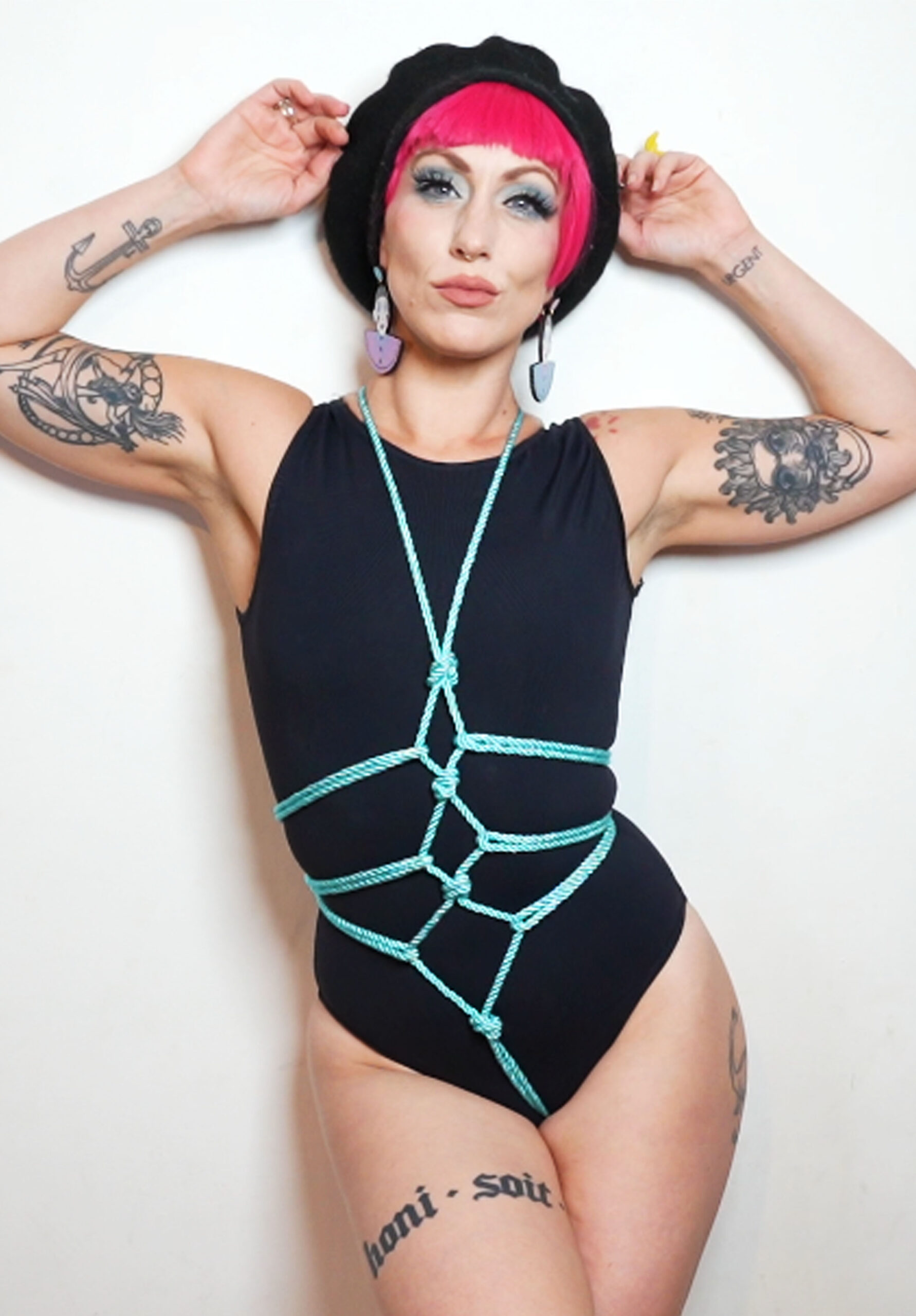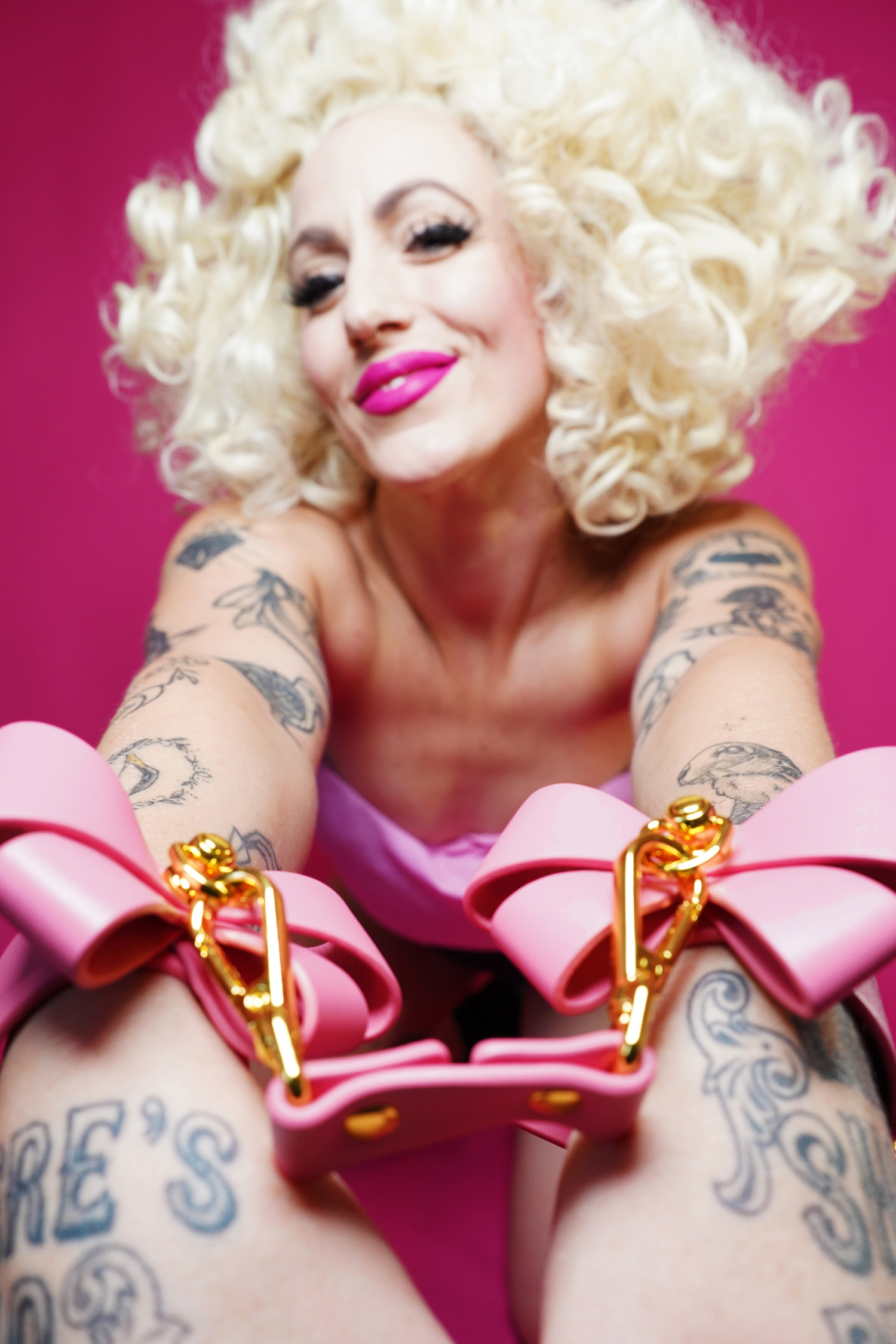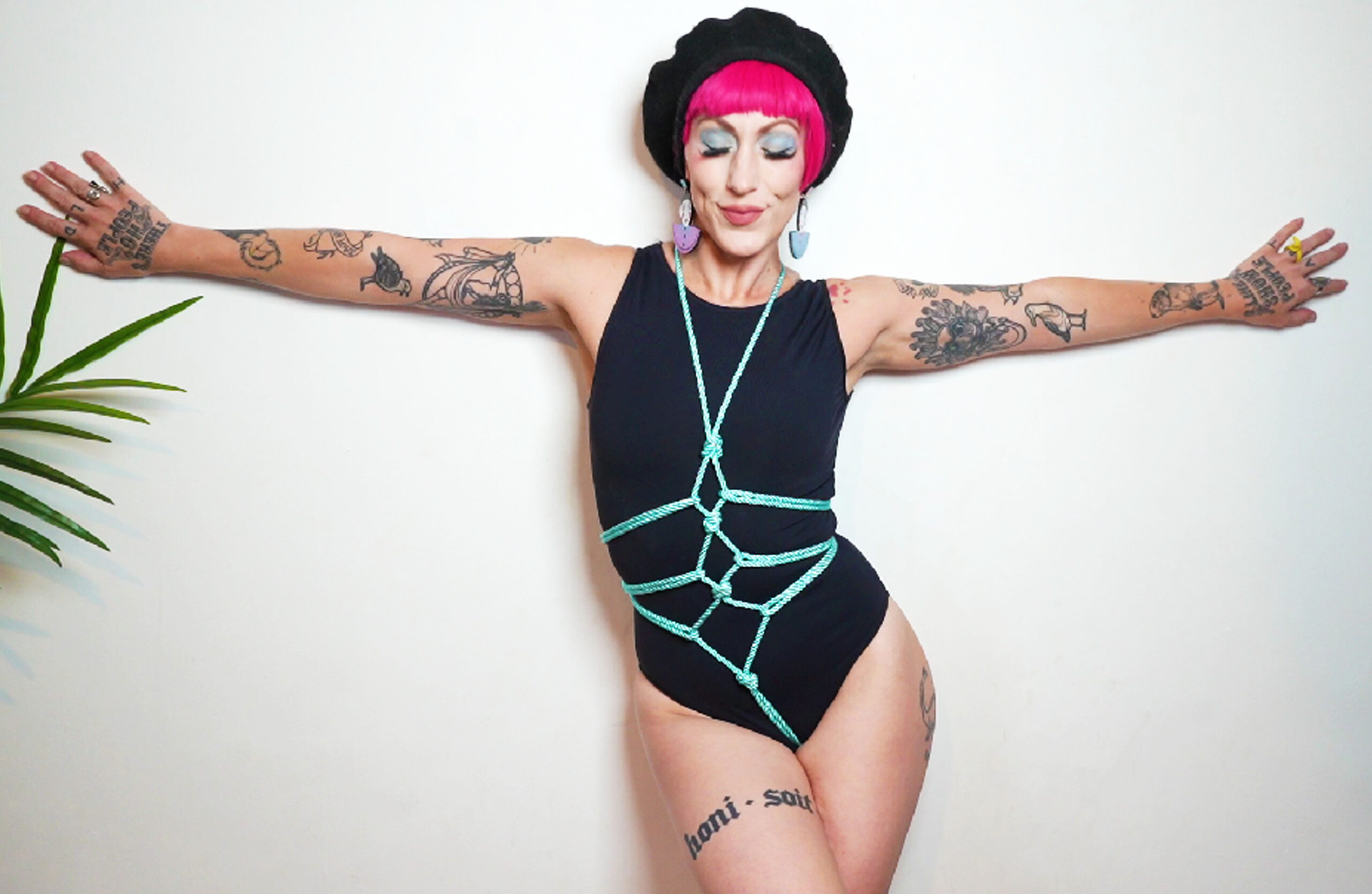Challenging Stereotypes and Misrepresentation
LGBTQIA+ individuals have long been subject to negative stereotypes, misrepresentation, and marginalization in media representation. These portrayals can be detrimental to mental health, perpetuating feelings of isolation and low self-esteem among already vulnerable communities. The lack of authentic representation also hinders efforts towards promoting equality and understanding. This issue is multifaceted, influenced by various factors including societal norms, industry standards, and the pressures of catering to a broad audience.
Historical Inaccuracies
The representation of LGBTQIA+ individuals in media plays a crucial role in shaping societal attitudes and perceptions. However, historical inaccuracies in language and stereotypes perpetuated through media can have devastating consequences for marginalized communities.
Many words and phrases that are considered neutral or innocuous today were originally used to dehumanize and marginalize LGBTQIA+ people. For example, the term “queer” was once a pejorative used to describe non-heterosexual individuals. Similarly, words like “deviant” and “pervert” were used in derogatory ways to stereotype LGBTQIA+ individuals.
Moreover, historical inaccuracies in media representation can be just as damaging. Characters in films and television shows may be portrayed with stereotypes or tropes that perpetuate negative attitudes towards LGBTQIA+ people. For instance, the “crazy gay best friend” trope is a common stereotype that reduces complex individuals to a single characteristic.
Furthermore, the erasure of LGBTQIA+ history and experiences in media can also have a profound impact on marginalized communities. The lack of representation and visibility can perpetuate feelings of invisibility and isolation, making it even more difficult for LGBTQIA+ individuals to find themselves reflected in the world around them.
Increased Representation in Modern Media
With the rapid evolution of modern media, increased representation has become an imperative for diverse communities, particularly those within the LGBTQIA+ spectrum. Long-standing marginalization and exclusion have led to a surge in demand for authentic portrayals that promote inclusivity, diversity, and visibility. The impact of such representation cannot be overstated; it not only fosters empathy but also shapes cultural narratives, sparking meaningful conversations and influencing social attitudes.
TV Shows and Movies
In recent years, there has been a significant shift towards increased representation in modern media, particularly in TV shows and movies. This change is particularly evident in the portrayal of LGBTQIA+ characters, who are finally beginning to receive the attention and visibility they deserve.
The lack of diverse representation in the past has led to a sense of isolation and invisibility among members of the LGBTQIA+ community. The absence of their stories, experiences, and perspectives on mainstream media has resulted in a narrow and stereotypical view of what it means to be LGBTQIA+. However, with the growing demand for more inclusive content, media outlets are now working to create a more accurate and nuanced representation of the community.
TV shows such as “Sense8,” “Orange is the New Black,” and “Queer Eye” have paved the way for increased LGBTQIA+ representation on screen. These series not only feature diverse characters but also tackle complex issues like identity, relationships, and acceptance in a thoughtful and respectful manner.
In movies, films like “Moonlight,” “Call Me By Your Name,” and “Love, Simon” have brought attention to the experiences of LGBTQIA+ individuals, shedding light on their struggles and triumphs. These stories are no longer relegated to the fringes of mainstream cinema, but rather are being showcased as integral parts of contemporary storytelling.
As a result of this increased representation, audiences are beginning to see themselves reflected in media for the first time. LGBTQIA+ individuals are no longer forced to watch themselves only on niche channels or through select films, but instead have access to a wide range of stories that celebrate their experiences and identities.
This shift is not only crucial for building empathy and understanding among viewers but also has a profound impact on the real-life experiences of LGBTQIA+ individuals. With more representation in media, they are no longer forced into silence or invisibility, and instead, can see themselves in others, finding validation and hope.
Visibility in Advertising and Marketing
Visibility in advertising and marketing refers to the degree to which a particular group, such as members of the LGBTQIA+ community, are represented and acknowledged in media messages. Effective visibility is crucial for promoting understanding, acceptance, and inclusivity. When marginalized groups are consistently portrayed positively and authentically, it contributes to a more nuanced representation of reality, helping to break down stereotypes and stigmas.
Breaking Down Barriers
The concept of visibility is crucial in advertising and marketing, particularly when it comes to representing marginalized groups such as the LGBTQIA+ community. Visibility refers to the extent to which a group or individual is recognized, acknowledged, and included in mainstream media and culture. In the context of LGBTQIA+ representation, visibility is essential for promoting acceptance, reducing stigma, and fostering a sense of belonging among queer individuals and their allies.
Traditionally, LGBTQIA+ characters and stories have been underrepresented or marginalized in mainstream media, leading to a lack of visibility and understanding among non-LGBTQIA+ audiences. This can result in a distorted view of the community, perpetuating negative stereotypes and misconceptions. As a result, LGBTQIA+ individuals may feel invisible, excluded, or misrepresented, which can have serious consequences for their mental health, self-esteem, and overall well-being.
However, there is a growing trend towards greater visibility and representation in media, particularly in the wake of increased social activism and awareness-raising campaigns. Many advertisers, brands, and media outlets are recognizing the importance of inclusive storytelling and diverse representation, leading to more nuanced and accurate portrayals of LGBTQIA+ individuals and experiences.
The impact of this increased visibility can be profound. By seeing themselves reflected in media, LGBTQIA+ individuals can feel seen, heard, and validated, which can lead to greater confidence, self-acceptance, and a stronger sense of identity. Moreover, visibility can also help to challenge heteronormative and cisnormative assumptions, promoting a more inclusive and accepting culture that values diversity and promotes equal rights for all.
Ultimately, increasing LGBTQIA+ visibility in advertising and marketing is crucial for driving social change, promoting acceptance, and fostering a more inclusive and equitable society. By promoting diverse representation and storytelling, we can break down barriers and create a world where everyone feels seen, heard, and valued.
Promoting Authenticity in Storytelling
The world of media representation has undergone significant shifts in recent years, with a growing emphasis on showcasing diverse voices and experiences. A crucial aspect of this evolution is promoting authenticity in storytelling, particularly when it comes to representing the LGBTQIA+ community. Authentic representation involves accurately portraying the complexities, nuances, and challenges faced by individuals within the community, moving beyond simplistic stereotypes and tropes. By prioritizing authenticity, media creators can foster a deeper understanding and connection with audiences, ultimately contributing to a more inclusive and equitable society.
Diverse Perspectives
LGBTQIA+ visibility has been a subject of intense scrutiny and discussion in recent years, particularly in regards to its representation in mainstream media. The lack of authentic portrayals of LGBTQIA+ individuals and communities can perpetuate stigma, marginalization, and erasure, ultimately hindering meaningful dialogue and understanding.
Authentic storytelling is crucial in promoting accurate representation and fostering empathy among diverse audiences. When stories are told with nuance, sensitivity, and depth, they have the power to humanize and validate the experiences of LGBTQIA+ individuals, providing a platform for authentic voices to be heard.
Diverse perspectives in language play a significant role in reframing traditional narrative structures and challenging dominant discourses. By incorporating diverse narratives, languages, and cultures, media can break down barriers of identity and representation, offering a more inclusive and empathetic portrayal of the LGBTQIA+ community.
Furthermore, authentic storytelling can serve as a catalyst for social change, raising awareness about issues such as acceptance, inclusion, and equality. By sharing personal stories and experiences, individuals can connect with one another on a deeper level, fostering empathy, understanding, and unity among diverse groups.
Ultimately, the promotion of authenticity in media representation is crucial for creating a more inclusive and accepting society. By embracing diverse perspectives, languages, and narratives, media can contribute to a world where LGBTQIA+ individuals feel seen, heard, and valued, leading to a brighter future for all.

The Impact on Young Audiences

The representation of LGBTQIA+ individuals in media has a profound impact on young audiences, shaping their perceptions, self-identity, and sense of belonging. For decades, media has played a significant role in reflecting and refracting societal attitudes towards LGBTQIA+ issues, often serving as a catalyst for greater understanding, acceptance, and inclusivity.
Positive Role Models
The impact of media representation on young audiences is significant, as it can shape their perceptions and understanding of different identities and communities. For LGBTQIA+ individuals, visibility in media plays a crucial role in promoting acceptance, inclusivity, and representation. When young people see themselves reflected in the media, they are more likely to feel seen, heard, and validated. This increased sense of belonging can have a positive impact on their mental health, self-esteem, and overall well-being.
Positive role models in language-based media can also have a profound effect on young audiences. Characters who embody LGBTQIA+ identities can serve as beacons of hope and inspiration, showing that being different is not something to be ashamed of. These characters can demonstrate courage, resilience, and determination, offering young people role models to look up to and emulate. Furthermore, they can help break down stereotypes and challenge societal norms, promoting a more inclusive and accepting environment.
Moreover, the portrayal of LGBTQIA+ relationships in media can have a significant impact on young audiences’ attitudes towards love, acceptance, and commitment. Seeing same-sex couples or non-binary individuals depicted as equals, with the same rights and opportunities as heterosexual couples, can help normalize these relationships and promote understanding. By presenting diverse and complex representations of LGBTQIA+ experiences, media can play a vital role in creating a more compassionate and empathetic society.
Criticisms and Challenges
LGBTQIA+ visibility has long been a contentious issue, with various criticisms and challenges emerging from different corners. On one hand, advocates for LGBTQIA+ rights argue that representation in media plays a crucial role in promoting understanding, acceptance, and inclusivity. However, some critics contend that the portrayal of LGBTQIA+ individuals in media often reinforces stereotypes, perpetuates marginalization, and contributes to the erasure of diverse voices.

Furthermore, challenges persist in ensuring accurate and nuanced representation of LGBTQIA+ experiences, particularly among marginalized communities such as people of color and those living with disabilities. The lack of diversity behind the camera, coupled with the historical absence of LGBTQIA+-focused content, has resulted in a narrative that is often homogenous and lacks depth.
The Complexity of Representation
The complexity of representation in language can be a challenging issue for various groups, including the LGBTQIA+ community.
One criticism of media representation is that it often relies on stereotypes and tropes, perpetuating negative attitudes and reinforcing social norms that are not inclusive or equitable. For example, depictions of LGBTQIA+ individuals in media often rely on tropes such as the “tortured gay artist” or the ” lesbian who is only interested in women”. These stereotypes can be damaging, as they oversimplify complex identities and experiences.
Another challenge is the lack of diversity behind the camera. The LGBTQIA+ community has historically been underrepresented among writers, directors, and producers, leading to a lack of authentic and nuanced representation on screen. This can result in media that feels inauthentic or tokenistic, reinforcing negative attitudes towards marginalized groups.
Furthermore, language itself can be a barrier to accurate representation. Words and phrases can have different meanings depending on the context, culture, and community being referenced. For example, terms like “queer” or “transphobic” can have different connotations in different communities, leading to misunderstandings and misrepresentation.
Additionally, media representation can also perpetuate internalized homophobia and transphobia within the LGBTQIA+ community itself. When marginalized groups are not accurately represented, they may feel invisible, marginalized or excluded from mainstream culture.

The Future of LGBTQIA+ Representation
The advancement of LGBTQIA+ representation in media has been a significant step towards increased visibility, acceptance, and inclusion. For decades, the LGBTQIA+ community has faced marginalization and exclusion from mainstream narratives, with limited opportunities for authentic portrayals and diverse storytelling. However, recent years have seen a surge in efforts to change this narrative, with more inclusive and nuanced representations being featured in television shows, films, and other forms of media. This shift towards greater diversity and representation is having a profound impact on the way society perceives LGBTQIA+ individuals and issues, challenging stereotypes and promoting a more inclusive understanding of identity and community.
Continued Progress
The future of LGBTQIA+ representation in media promises continued progress, but also presents challenges. In recent years, there has been a significant increase in the visibility and diversity of LGBTQIA+ characters on television shows and in movies. However, despite this progress, many members of the community still feel underrepresented or misrepresented.
The proliferation of streaming services has led to an explosion in LGBTQIA+ content, with many platforms dedicating entire channels to queer programming. This increased accessibility has allowed for a wider range of stories to be told, including those that might not have been viable for traditional broadcast networks.
- More diverse representation is being sought after, with a focus on bringing to the forefront previously underrepresented voices within the community
- The need for authenticity and accuracy in storytelling has become increasingly important, as audiences are becoming more discerning about the way they engage with LGBTQIA+ content
- The role of social media in amplifying marginalized voices is also being recognized, with many activists using platforms to promote visibility and awareness about LGBTQIA+ issues
However, despite these advances, challenges persist. Many LGBTQIA+ characters are still relegated to stereotypical or troped roles, and the lack of representation behind the camera – particularly among writers, directors, and producers – remains a significant issue.
- The importance of hiring diverse teams to develop and produce LGBTQIA+-friendly content cannot be overstated
- More attention must be paid to promoting positive representation of older LGBTQIA+ individuals, who are increasingly visible in media
- Efforts to address the historical erasure and marginalization of certain LGBTQIA+ groups – such as the African American queer community – must continue
In conclusion, while there have been significant strides forward in LGBTQIA+ representation in media, continued progress is needed. By prioritizing authenticity, diversity, and inclusivity, we can work towards a future where all members of the LGBTQIA+ community are seen and heard.
Shop stretchy cock rings for comfort and stretch at Peaches and Screams Buy Jimmy Jane toys at Peaches and Screams Shop Camisole and Cami Top Sets for elegant and sexy lingerie at Peaches and Screams Explore clit clamps for added stimulation at Peaches and Screams Buy boxers and shorts for men at Peaches and Screams Discover non-realistic dildos for imaginative play at Peaches and Screams
Detailed Weddings LA Ring of the Reeks Cycle C4YL Azmia Magane
- Gummy Smile Treatment – Gum Contouring Near Betchworth, Surrey - May 8, 2025
- New Patient Treatment Near Westcott, Surrey - May 7, 2025
- Neauvia Hydro Deluxe Skin Booster Treatments Near Thorpe, Surrey - May 6, 2025
